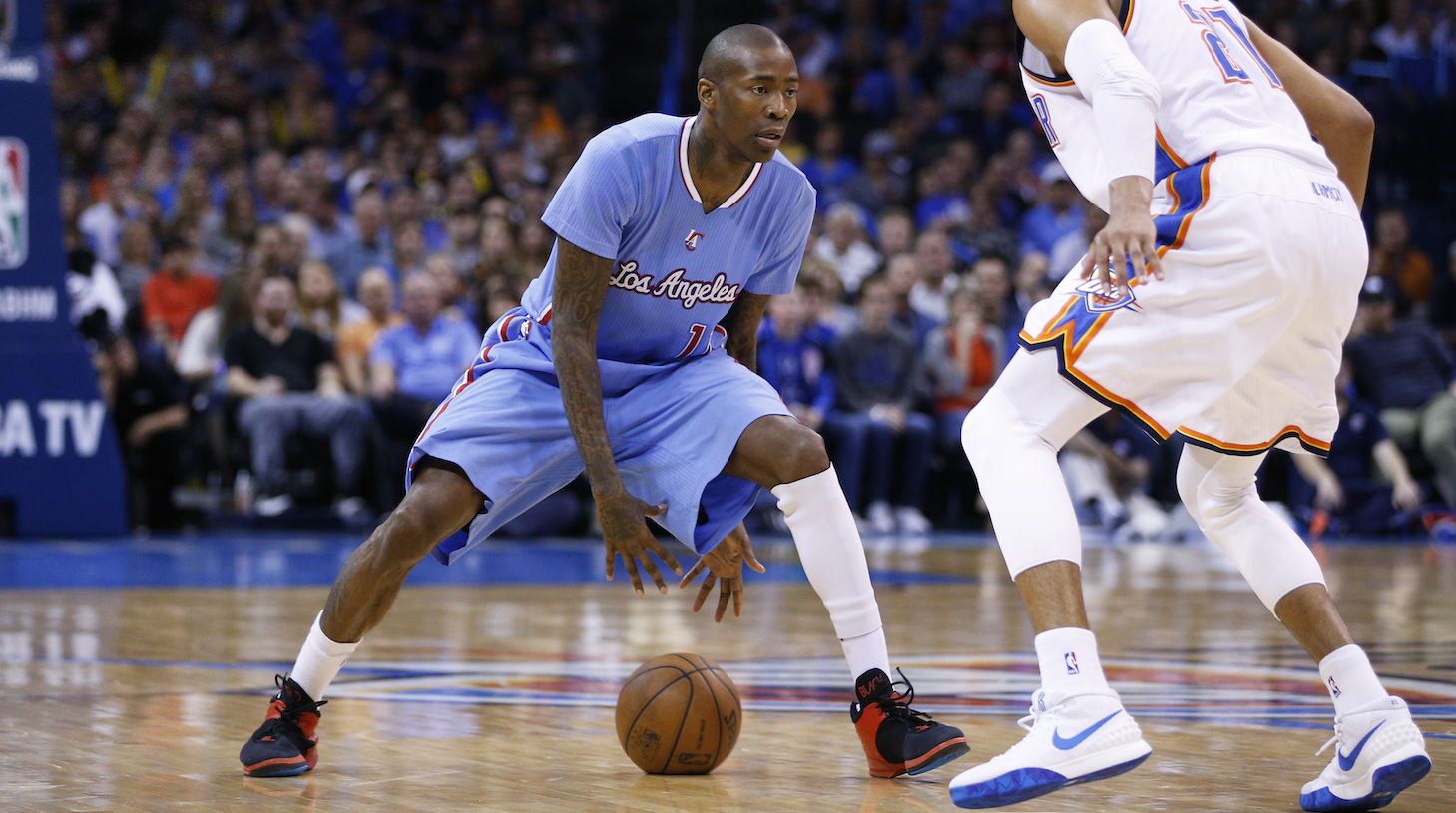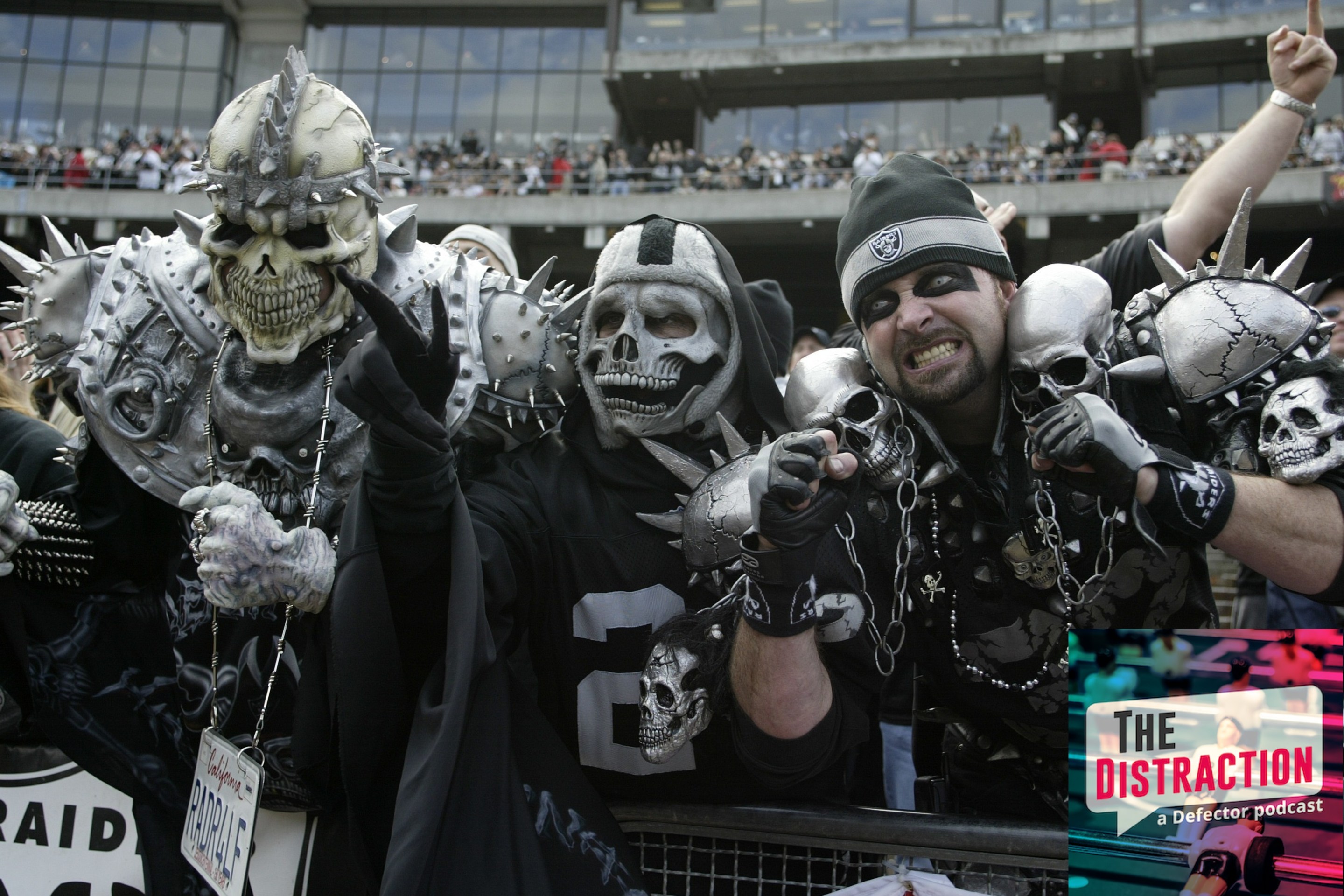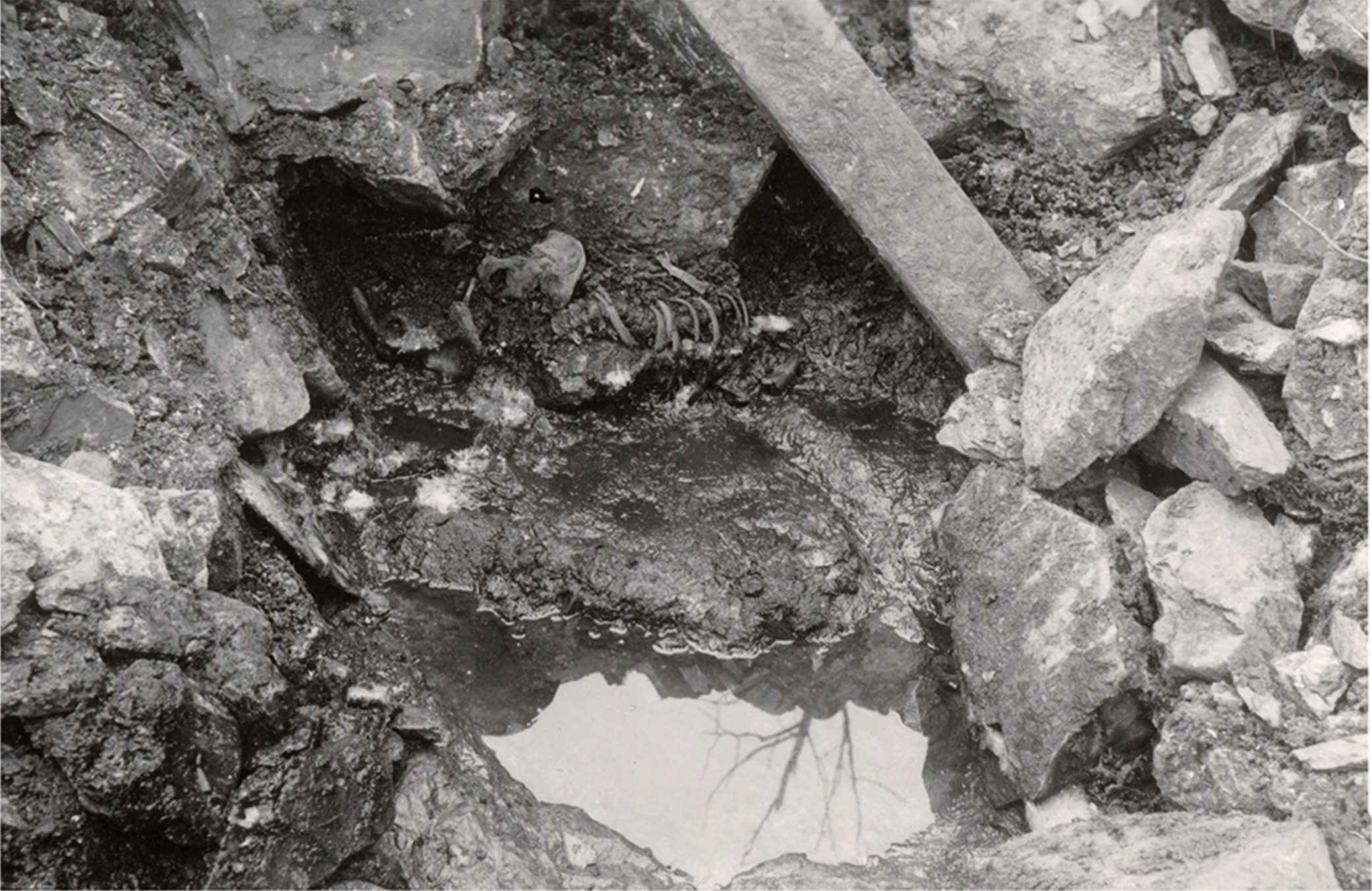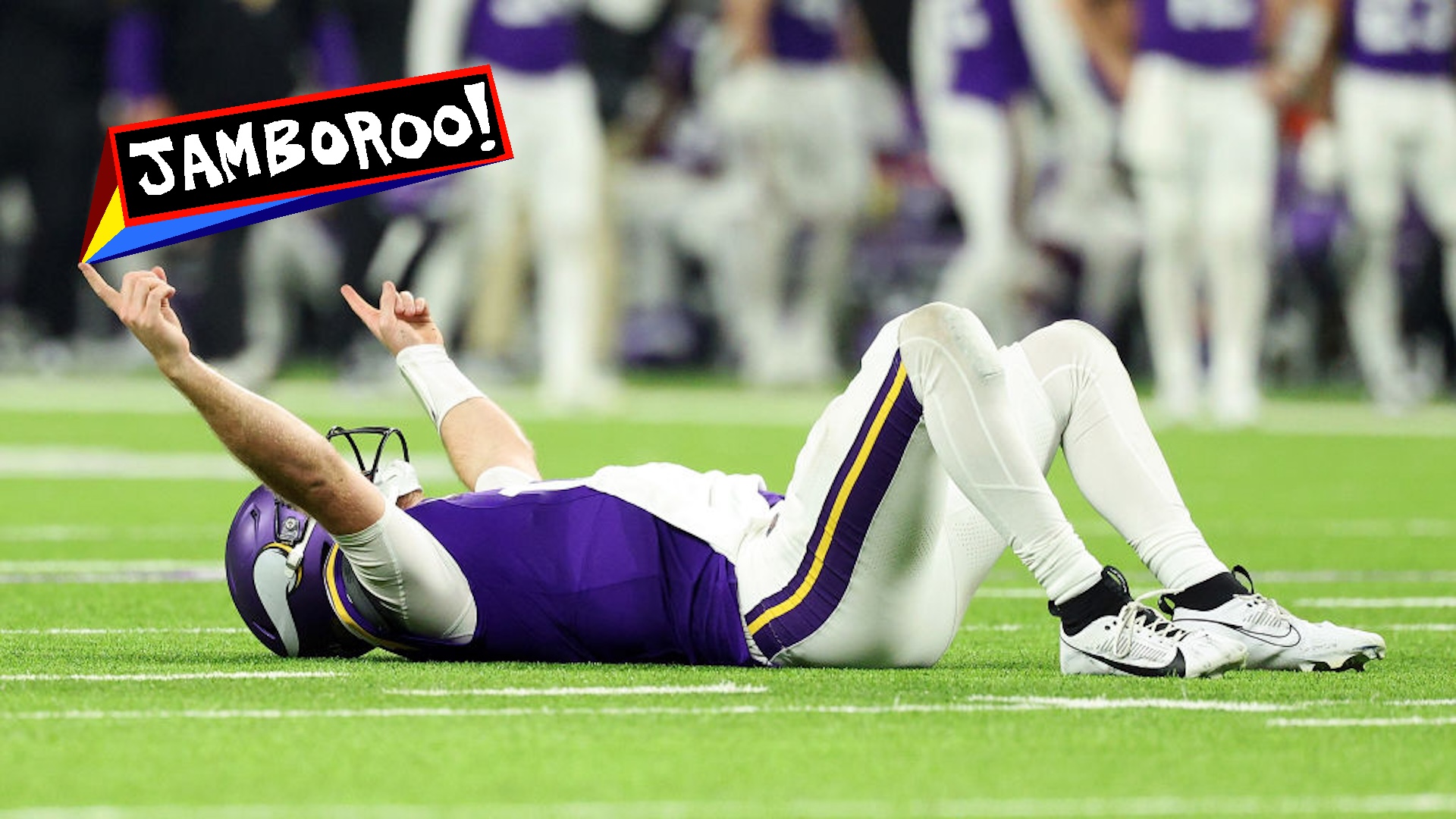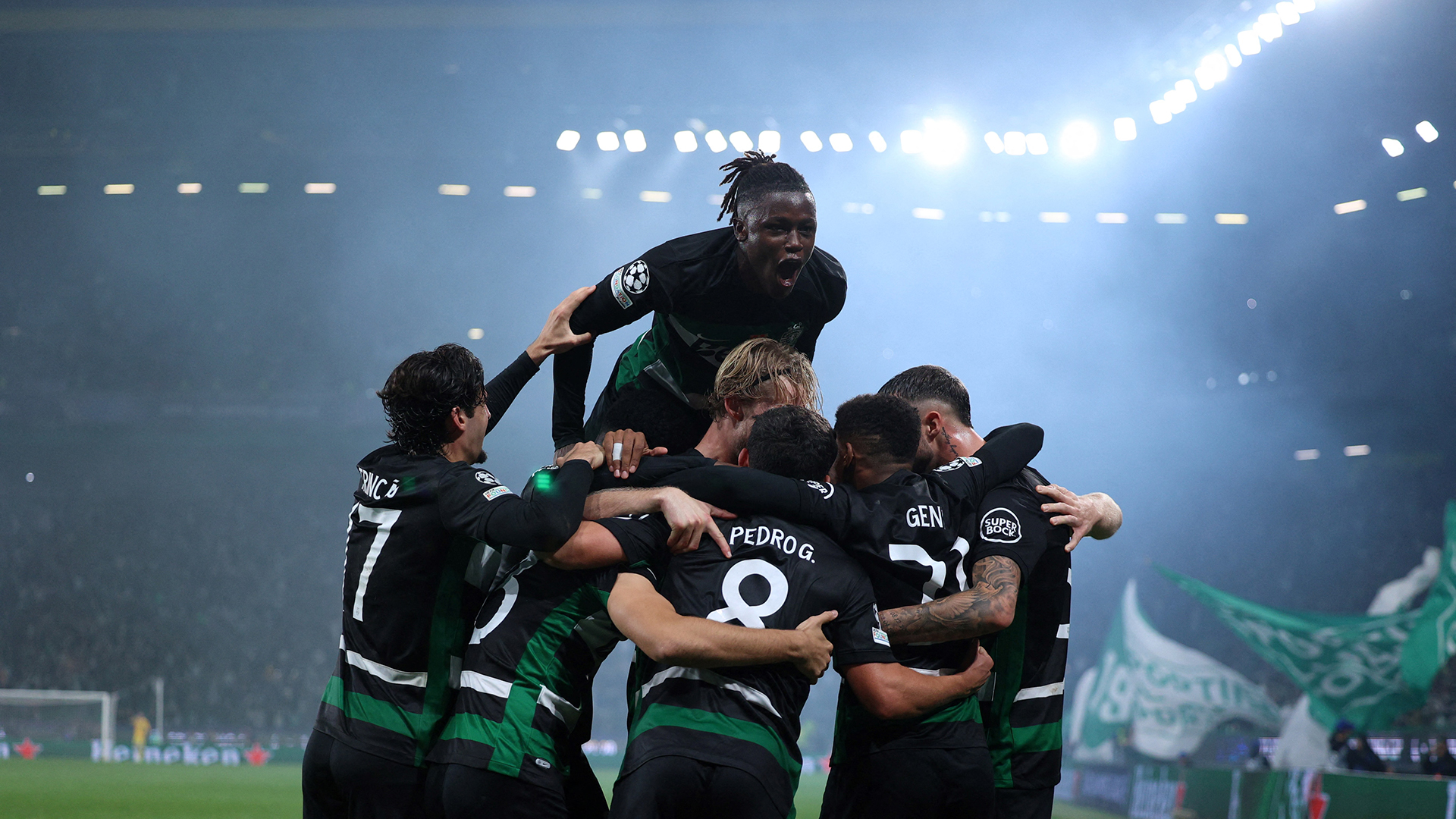Jamal Crawford bid farewell to professional basketball yesterday, in a tweet:
“ Goodbye to the game, all the spoils the adrenaline rush.”
— 🏁 Jamal Crawford (@JCrossover) March 21, 2022
Thank you basketball, I owe you everything …..✌🏾 pic.twitter.com/PpKYjoqz9p
Crawford hadn't appeared in an NBA game since he logged six minutes of action for the Brooklyn Nets back on Aug. 4, 2020; it was the only game he appeared in that season. So I guess his retirement isn't surprising news; generally speaking you can take for granted that 42-year-olds who have not played professional basketball in nearly two years are finished playing professional basketball. Because of who and how Jamal Crawford was, though, there still seemed to be some chance until he finally admitted there wasn't. Now, one of the unique careers of my lifetime is officially over, and it's hard to imagine one like it happening again.
The career records don't look like all that much. Zero all-star or all-NBA teams, three Sixth Man of the Year awards, a career scoring average just shy of 15 points a game that never topped 20.6 points per game over a full season; just 40 total starts over the last 10 years of his career. With all that in mind, the thought that I feel compelled to try and express where Crawford is concerned is a tiny and probably foolish needle to try threading; maybe it doesn't even exist, and I am just jabbing the end of a thread into empty air. But it seems true in some meaningful sense to say that Jamal Crawford was the most skilled basketball player in a generation, and maybe one of the most skilled ever.
I don't think that's the same thing as saying he is or was or ever was one of the best, as that's typically or reasonably defined. In any event, Crawford played as if totally unconcerned with anybody's holistic notions of "best," and that was always one of my favorite things about one of my favorite players. At his peak, and for years on either side of it, Jamal Crawford could beat any person on earth one-on-one, and do it stylishly, and everybody in the NBA knew it. That's no small part of basketball: For however much anybody may valorize team defense or, like, setting screens or whatever, the best, the most immediately and universally useful skill a basketball player can have, and the one that can trump nearly any plausible deficiency, is the reliable ability to dust the person defending you. Jamal Crawford built a 19-seasons-plus-one-game NBA career upon the value of having that guy on your team, even if he never bothered with, say, boxing out for a rebound.
Crawford played basketball as though he had played—and as though he loved it enough to have played—20 times as much basketball as any other person. Enough basketball, that is, to have become impossibly good at a unique cross-section of the game's skills and nuances, but also enough to have lost all interest, forever, in whatever he might be able to gain via commitment to the parts of the game he did not find particularly compelling. So, like, he had some of the smoothest and rudest handles ever ...
...and pioneered a galaxy of cruel and lovely skill moves aped by innumerable exhausting playground-mixtape doofuses; also he was in general an appallingly, hilariously low-effort defender. This made it easy, especially in his early miscasting as a cornerstone-type with the Chicago Bulls and then the New York Knicks, for inattentive grouches and gatekeepers to imagine him as a gimmick, a proto-YouTuber with an And1 logo branded upon the brain: some clown with a video-gamer's hand-eye coordination who'd spent 10,000 hours practicing exotic dribble moves in front of a mirror for every three minutes he'd spent actually learning how to play basketball, and thus did not actually know how to do it. This caricature of him as a one-dimensional virtuoso just mindlessly and pointlessly GIVING THAT SMOKE to whoever happened to be gathering cobwebs in front of him while his team lost by 30 was not really accurate, but it was sticky. (For that matter, I think that's what the YouTubers thought of him, too.)
But that wasn't it. A fun and complicating Jamal Crawford fact is that nobody in the NBA—not Steve Nash, not Chris Paul, not LeBron James—threw better post-entry passes, or had a greater facility for lobbing the ball perfectly over a fronting low-post defender's outstretched fingertips and into the gap between the defender and the basket. That's among the very dorkiest and absolute unsexiest of all basketball actions, and not the sort of thing a person is born to, like height or speed or leaping ability. It is also not the sort of thing you practice alone in front of a mirror, unless you are an absolute pervert. That was always one of my favorite things about Crawford—not because I particularly value post-entry passes (I don't), but because of how his knack for it brought the rest of his sometimes baffling skill-set into focus.
Another clarifying Jamal Crawford fact: For most of his long career, which is to say for pretty much all of his adult life, he played high-level basketball pretty much year-round, between the NBA and his Seattle-area pro-am league and the not-so-secret secret workouts he organized with other great players. It really is possible that Jamal Crawford has played more basketball than any other person under the age of 65.
Which is to say, he was not some blithe bozo with a slick handle and no interest in the deeper craft of basketball. He was, and is, an absolute basketball sicko, as fluent in basketball as you or I are in our native spoken language. He simply liked playing it a certain way. He was good—really incredibly good!—at the parts of it rooted in deftness, in spin and feel, in putting English on the ball and making it go someplace unlikely, or making it take an unexpected route to get there, and by all appearances he was happy with that and did not need more. He liked basketball, that is, and liked cool basketball skills, in a way that the grim megalomaniacs who've won most of the sport's shiniest prizes have not; he liked the game, at any rate, much more than he needed it to validate him as The Greatest Of Champions or whatever. Enough to be up in the middle of the night, watching grainy videos of basketball stylists gone by and tweeting about it:
Watching Mahmoud Abdul- Rauf on youtube.. He was COLD!
— 🏁 Jamal Crawford (@JCrossover) October 6, 2015
Nick Van Exel was SO cold !!
— 🏁 Jamal Crawford (@JCrossover) September 12, 2017
Enough to Remember Some Guys:
Earl Watson
— 🏁 Jamal Crawford (@JCrossover) May 5, 2020
Norris Cole
Sebastian Telefair
Marcus Banks
Eddie house
Beno Udrih on the screen tonight!
Kendall Gill
— 🏁 Jamal Crawford (@JCrossover) May 7, 2020
Anthony Peeler
Bob Sura
Corey Benjamin
Shandon Anderson
Malik Sealey on the screen tonight!
And to be curious about which Guys you can Remember:
I talked to my brother Baron Davis today on the phone & had to tell him he’s one of the coldest that ever did it. Got me thinking, NO accolades, straight talent, name some of the most naturally talented hoopers you ever seen?!
— 🏁 Jamal Crawford (@JCrossover) March 7, 2022
Playing basketball the way he liked playing it almost certainly put a cap on how big a role any NBA team would ever trust him with. If this ever bothered him, I don't recall it showing. Give or take some diminished agility, Crawford was still playing broadly the same way at 39 as he had been at 22:
This is very simply a cool way to be, to me. Cool is the word for it. Watching Jamal Crawford (and following him on Twitter), it was possible to see basketball not as a means to some other end, but as an end unto itself. You could see it as he saw it—a game, from which a participant could demand fun, even at its highest levels. It was possible to see a sharp post-entry pass, or a preposterously high-arcing jumpshot, or a clever up-fake as something spiritually akin to a double-behind-the-back crossover or a no-look pass: a weird and fun trick, a kind of prestidigitation, an artifact of noodling and curiosity and fascination, as something cool done for its own sake. It was possible to see basketball as a collection of all these, and very easy to like it.
